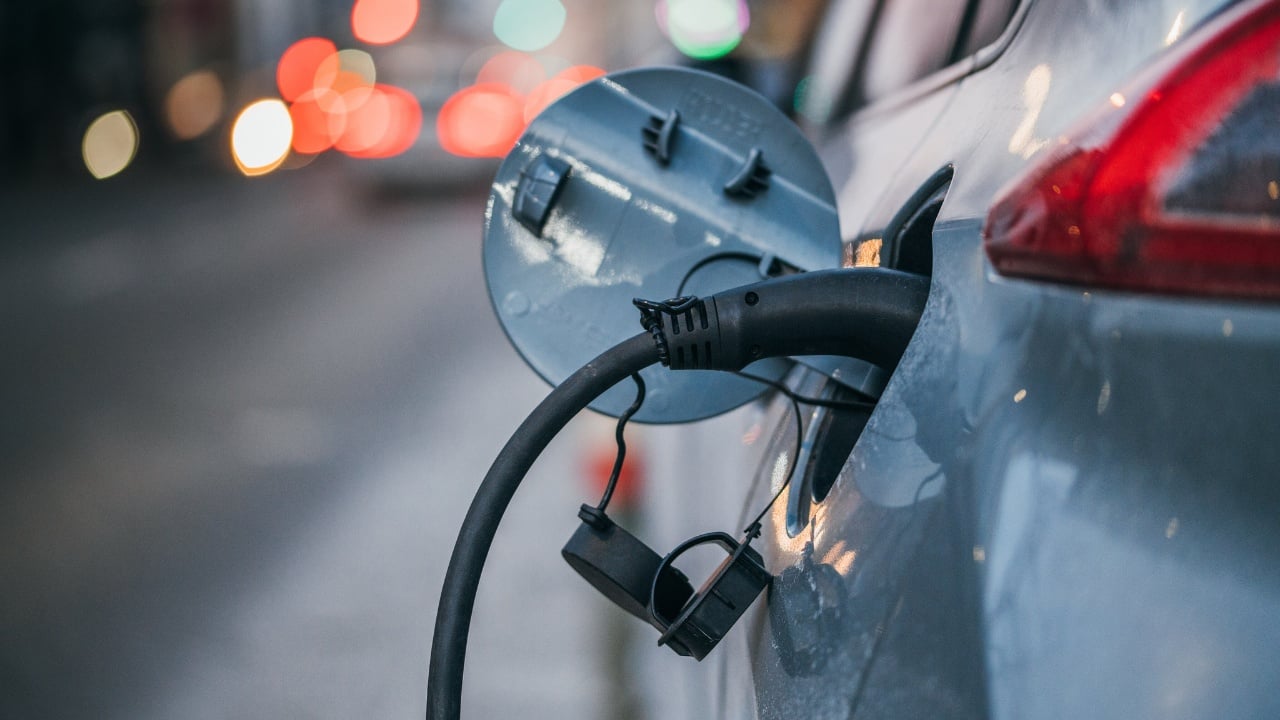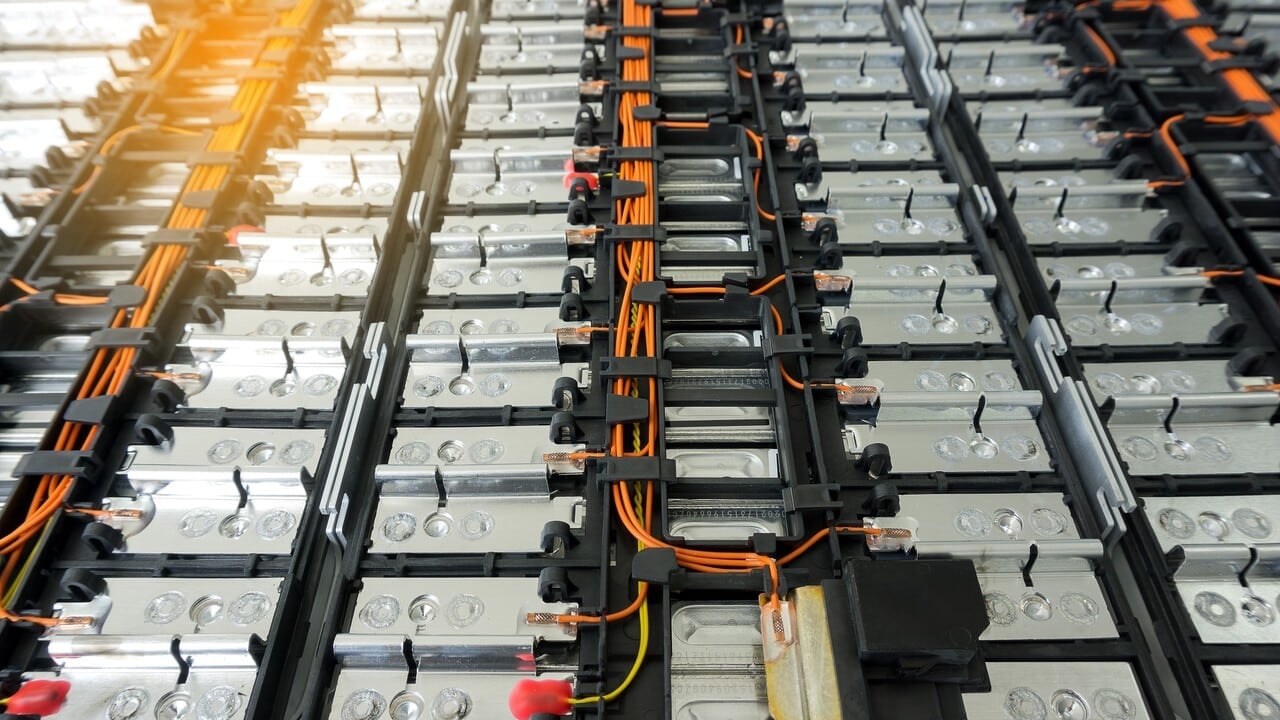13 Overlooked Environmental Issues With Electric Cars

EVs (Electric Vehicles) have too many obvious shortcomings for a technology touted as the future of sustainable transportation. The obvious ones include battery degradation, weather impact on range, in-car electronics failure, leaks due to faulty seals, and – the worst of them — a high risk of fire.
No, your electric car is no more prone to fire than your neighbor’s ICE (internal combustion engine) model, according to a study by the Swedish Civil Contingencies Agency. It found that EVs are 20 times less prone to fire than gas or diesel cars, but should there even be a fire risk at all? Unfortunately, there is.
Overcharging complications, battery pack damage, internal cell failure, high humidity, and extreme temperatures can cause a fire hazard. Apparently, the narrative surrounding electric cars is not entirely green, many of which aren’t as obvious as a fire or battery degradation. Here are 13 overlooked environmental challenges associated with electric cars, from the extraction of raw materials to the disposal of used batteries
Battery Production

The methods used to manufacture the lithium-ion batteries that form the core energy source for electric cars involve significant mining activities, particularly for lithium, cobalt, and nickel, let alone the toxic byproducts of various chemicals used in the refining process.
Processing and refining lithium, cobalt, and nickel entails highly energy-intensive methods, often requiring fossil fuels. This dents the EV’s “green” reputation and adds to the battery production carbon footprint.
Manufacturing Carbon Footprint

The irony of manufacturing eco-friendly automobiles using not-so-green manufacturing processes isn’t lost on us. For example, making EV batteries generates a considerable carbon footprint, and so does the process of extracting raw materials, manufacturing vehicle parts and components, and the overall assembly processes.
We tend to overlook the fact automakers build our ‘green cars’ using non-renewable energy sources. Their aluminum body construction, for example, typically involves a manufacturing process that creates substantial CO2 emissions thanks to the energy-intensive electrolysis process.
Resource Extraction

Having noted the toxic nature of lithium-ion battery production processes, deforestation, soil erosion, and biodiversity losses in mining areas are other overlooked environmental consequences.
For example, companies mining for laterite ores often clear large swaths of forest for their open-pit mining, and processing of nickel ores, if not done right, contaminate soil and water bodies with their toxic tailings.
And then there’s graphite extracted from natural mines or synthesized from petroleum coke, neither of which is exempt from polluting the air and water.
Water Consumption

Lithium, for example, is typically mined in salt flats and requires excessive amounts of water, ultimately contributing to the depletion of local water resources and the resultant ecological and socio-economic consequences. It is extracted from underground brine reservoirs in regions like Chile’s Atacama Desert and the Salar de Uyuni in Bolivia.
Pumping brine to the surface to be spread in large evaporation ponds for months is extremely water-intensive, typically requiring an estimated 500,000 gallons of water per ton of lithium. The Columbia Climate School called it The Paradox of Lithium.
Toxic Waste

Electric cars are praised for their zero tailpipe emissions, while we generally overlook the toxic waste generated from mining raw materials needed to build them and disposing of EV batteries. Having hammered enough on the ‘lithium paradox,’ let’s examine cobalt and nickel mining for a change.
Mining cobalt and nickel generates significant amounts of tailings and sludge (the waste slag produced after preheating, reduction melting, and separation refining in the nickel mining and smelting processes) containing toxic heavy metals, such as Cadmium, arsenic, and lead.
Battery Disposal

End-of-life battery disposal is a critical environmental issue often raised by concerned environmentalists but overlooked by EV fans. Electric car batteries typically last 10 to 20 years, depending on charging cycles, usage patterns, operating conditions, and other defining factors.
Advances in battery technology will eventually prolong the lifespan significantly, and the spent units can serve secondary applications, such as energy storage for renewable energy systems.
In any case, EV battery disposal poses significant environmental challenges and weighty risks to the soil and water. Electrolyte solutions, heavy metals (manganese, cobalt, and nickel), and lithium are examples of hazardous materials in EV batteries.
Recycling Challenges

Isn’t it ironic to protect the earth by recycling EV batteries via a process that hurts the earth with harmful emissions? Pyrometallurgical (high-temperature) recycling methods, for example, come with the risk of toxic emissions and harmful waste byproducts.
The significant amount of energy, often from non-renewable sources, to begin and complete the process can easily offset the environmental gains of recycling.
As stated above, EV battery disposal poses significant environmental challenges, and so does recycling. It’s an energy-intensive, complex process spanning technical, economic, regulatory, and environmental dimensions, not yet widely implemented.
Supply Chain Emissions

Unless the automaker builds every nut and bolt in the car, it has to source components from second and third-party suppliers. These suppliers rack up transportation emissions (or carbon footprints) while moving their “green” products from point A to point B, usually through long distances.
Take the lithium, cobalt, and nickel, for example. They are mined in countries like DRC, Australia, and Chile, which may be shipped, flown, freighted by rail, or trucked thousands of nautical miles, leaving substantial greenhouse gas emissions in their wake. The global supply chain for EV components involves multiple stages of carbon-intensive transportation, but no one is talking about that.
Energy-Intensive Materials

Besides the emissions-ridden transportation stages for EV components, manufacturing the components isn’t always as ‘green’ as we’d like to imagine. Are we wrong to wonder about the gains of building green cars with features, parts, and components made with polluting, unsustainable processes?
For example, aluminum manufacturing is an energy-intensive process with significant greenhouse gas emissions. What about essentials like copper? EVs heavily depend on electric operations beyond the basic electric wiring and motors. What people tend to overlook is that mining copper (particularly from sulfide ores) and the subsequent smelting and electro-refining are not so green.
Urban Mining

Urban mining is, in a nutshell, the practice of recycling valuable metals extracted from discarded electronics (e-waste) and other “urban” sources for use in EV batteries.
The underlying principle is to help save the earth by providing secondary uses for e-waste, reducing the need for virgin raw materials, and conserving our natural resources, but we tend to overlook the hazardous substances released due to mismanaged urban mining.
The process for recovering these valuable materials has various stages with their associated exposures, from dismantling (which can be manual or automated) to shredding to sorting and chemical processing.
EV Batteries Shorter Lifespan

The short lifespan of EV batteries buttresses our earlier argument about their non-eco-friendly production methods. Admittedly, the significantly smaller, 12-volt lead-acid batteries in gas cars typically last three to five years, compared to EV batteries that usually come with an 8- to 10-year warranty.
However, EV batteries are prone to degradation and are significantly more expensive to replace than traditional car batteries. Analogously, EV batteries have a “shorter” lifespan. Their manufacturing process is far more complex and taxing on the environment, making the need to dispose of and replace them after a decade an additional burden on the ecosystem.
Rare Earth Elements

Extracting the rare earth elements (REE) for EV motors poses a risk of significant environmental harm we tend to ignore, including radioactive waste. REEs are critical chemical elements (such as Neodymium (Nd), Dysprosium (Dy), and Terbium (Tb)) used in high-tech applications like electric cars.
They’re not rare in the sense of the word. Their “rarity” refers to how they’re rarely found in concentrated forms. This makes their extraction and processing in meaningful quantities much more taxing on the environment and, of course, economically challenging.
Infrastructure Development

The Gigafactories worldwide, charging stations, and other new infrastructures dedicated to EVs, such as the BlueOval City in Tennessee, require additional resources and energy with their associated environmental impacts.
At this point, it’s easy to see how building EV infrastructures, whether for battery production or grid upgrades, can destroy habitats, pollute our waters, and cause other ecological disruptions due to the substantial amount of raw materials required.
Besides mining lithium, cobalt, and nickel, building manufacturing plants and other dedicated EV infrastructures can disrupt habitats and hurt local wildlife.





